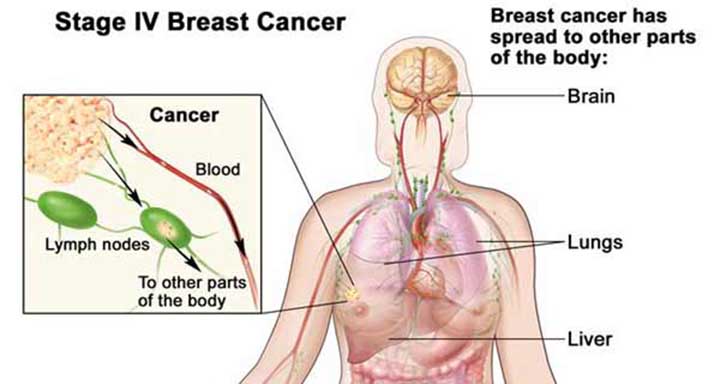In a world grappling with escalating health challenges, cancer has emerged as the second leading cause of death, trailing closely behind cardiovascular diseases. However, one of the most significant drivers of both cancer and cardiovascular ailments is the use of tobacco. The pervasive tobacco epidemic poses one of the gravest threats to global health in history. Regardless of its form, all tobacco products are inherently harmful, leaving no room for safe exposure levels.
The impact of tobacco on cancer risk cannot be overstated. Consumption of tobacco primarily occurs through two main avenues: chewing and smoking. Regrettably, this habit gives rise to a host of health risks, with the development of cancer being among the most severe. Although lung cancer is commonly associated with tobacco use, it is merely one of many cancers linked to its consumption. Oral, throat, laryngeal, esophageal, stomach, pancreatic, liver, bladder, kidney, colorectal, and even blood cancers, such as leukemia, have all been connected to tobacco use.
As an oncologist surgeon with a decade of experience, I have witnessed the devastating effects of cancer firsthand. Yet, I often find myself treating the consequences of tobacco usage rather than addressing its root cause. Despite successful interventions, there are instances where tobacco triumphs, leading to mortality due to advanced stages of cancer. It is disheartening to witness patients cease tobacco use during cancer treatment, only to resume it once they are relieved of cancer symptoms. This alarming recurrence reinforces the burden imposed by tobacco, even as cancer research progresses towards finding cures for once-incurable cancers.
TOBACCO & ADDICTION: A Complex Nexus
As medical practitioners, we view the treatment period as a teachable moment to guide patients towards quitting tobacco. While some individuals successfully abandon the habit, others grapple with addiction and subsequently relapse. Tobacco use is often tied to a sense of reward, euphoria, and even habitual bowel movements, thus exacerbating addiction. Nicotine, the primary substance found in tobacco, is responsible for creating and sustaining this addiction. It is nicotine’s powerful influence that predominantly drives smoking behavior. Moreover, tobacco contains an array of carcinogens, including 72 known cancer-causing agents as identified by the International Agency for Research on Cancer (IARC). Each puff of smoke introduces numerous carcinogens that directly induce DNA mutations, leading to cancer.
ACTIVE SMOKERS vs. PASSIVE SMOKERS: The Perils of Secondhand Smoke
In my daily practice, I routinely encounter cancer patients who are active smokers, with their habit serving as a significant contributor to their illness. Such firsthand smoking claims the lives of over 8 million people annually. However, there are cases where patients suffer from cancer despite having no personal history of smoking. In these instances, further investigation often reveals a chronic smoker within their immediate environment, typically a spouse or family member. Termed secondhand smoking or passive smoking, this exposure to tobacco smoke is responsible for an estimated 1.2 million deaths each year. Shockingly, nearly half of all children breathe air polluted by secondhand smoke, resulting in approximately 65,000 child deaths annually due to related illnesses.
QUIT TOBACCO TODAY: The Key to Cancer Prevention
Modifying or avoiding key risk factors, along with the implementation of evidence-based prevention strategies, could prevent between 30% to 50% of cancer deaths. Foremost among these factors is the avoidance and cessation of tobacco use. For individuals struggling with addiction, seeking guidance from cancer specialists or psychiatrists can provide tailored plans and schedules to quit tobacco. Abrupt discontinuation of tobacco may lead to withdrawal symptoms and subsequent relapse, hence the importance of nicotine replacement therapy, such as patches and gums


